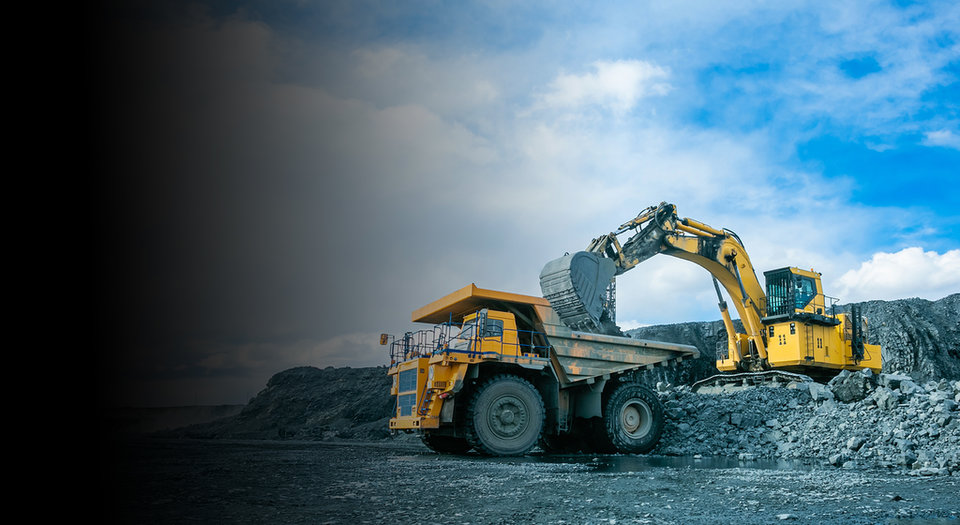
PRODUCTION
State by state: the minerals Australia is known for
Australia is not just a key player in iron ore and gold, it also boasts profitable mines producing everything from tin to rutile across its states and territories. JP Casey goes around the country to see which commodities are mined where.
I
t’s no secret that Australia is one of the world’s largest mining countries, with some of the largest reserves of a number of key commodities in the world. Australia boasts 70 billion tonnes of recoverable black and brown coal, equivalent to 10% and 24% of the world’s total reserves respectively, and the largest reserves of gold, iron ore, lead, and nickel in the world.
The country’s mining sector is, unsurprisingly, one of the most productive in the world, leading global production of bauxite, iron ore, and zircon, and dominating production of a number of other commodities. For instance, 24% of the world’s diamond production comes from Australia, as does 13% of global ilmenite production. As a result, the sector is highly lucrative, with figures from the Australian Bureau of Statistics reporting that the country’s mining industry contributed $30bn to Australian GDP in the third quarter of 2020, more than agriculture and construction combined.
As such, the Australian mining industry is a nationwide effort. While regions such as the Pilbara in Western Australia are well-known for their expansive mining operations, there are productive and profitable enterprises around the country. Such operations mine all manner of commodities, from base metals to precious materials and the increasingly important rare earth minerals.